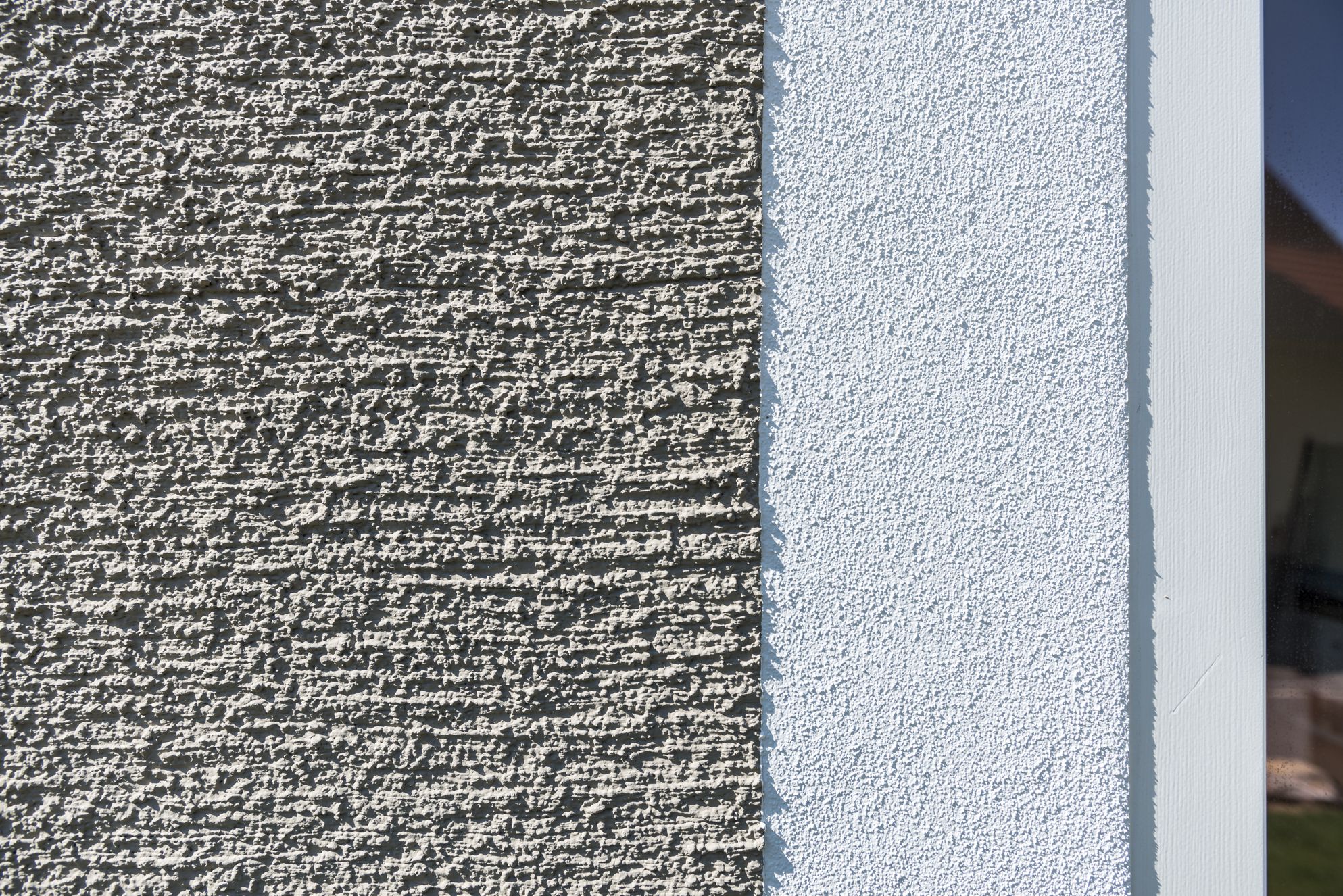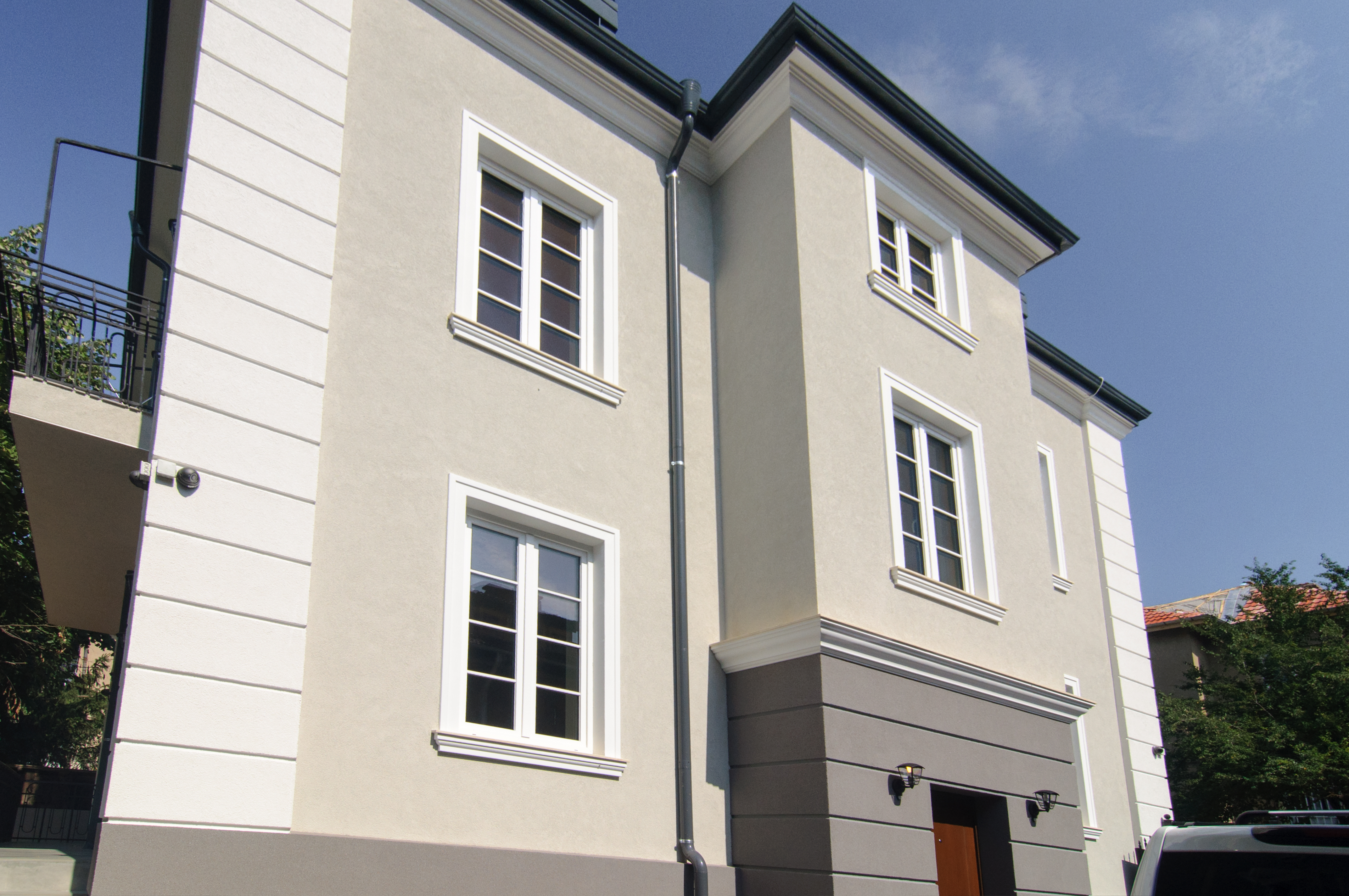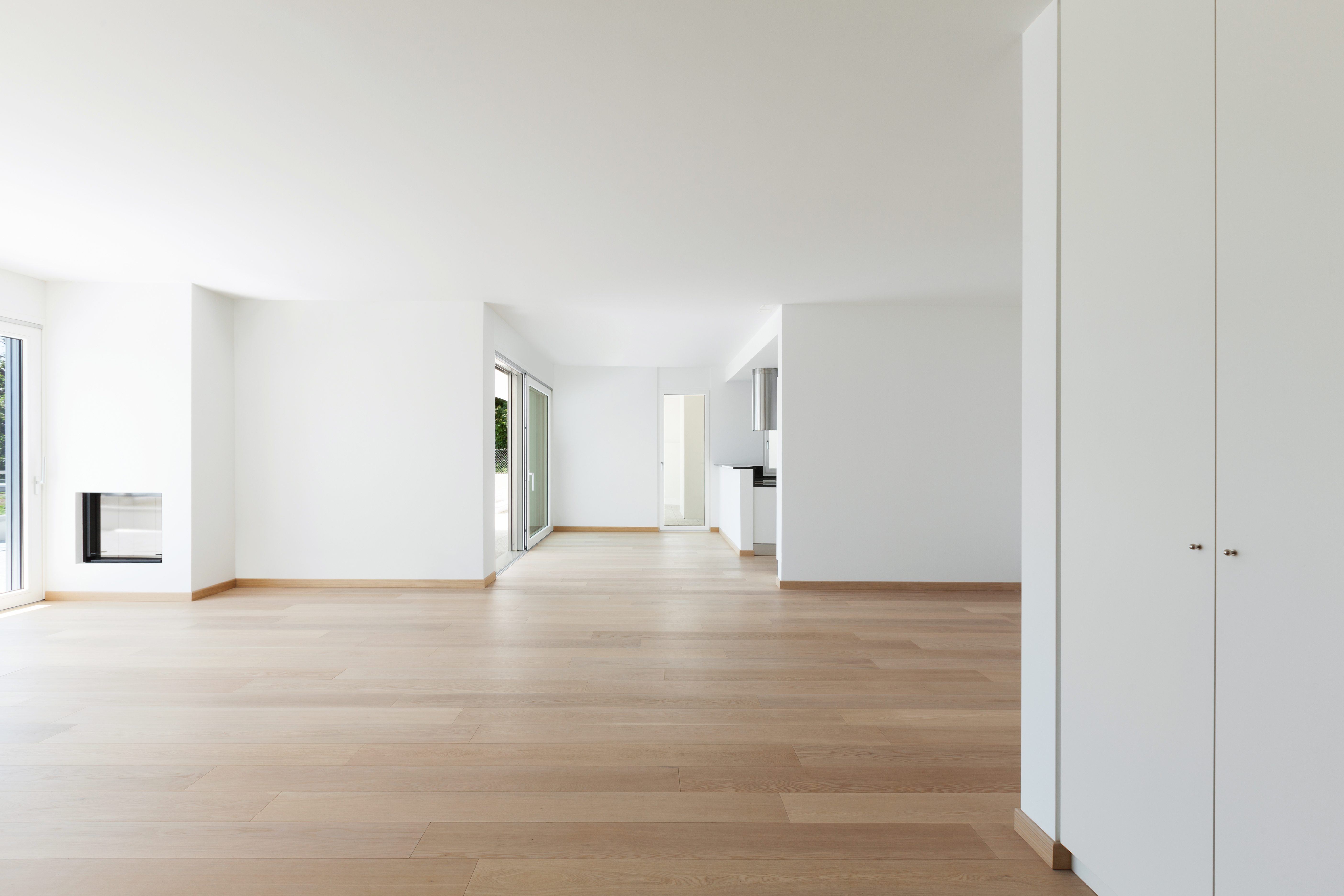Decorating your house — inside and out — may seem like a complicated process. In this blog, we’ll talk you through the fundamentals of decorating jargon to show you just how simple these tools and processes can actually be. After reading, you’ll confidently be able to tell your Internal Plaster from your Exterior House render, and navigate the house decoration and renovation worlds with ease.
What is Rendering
Rendering is the process by which the outermost walls of a property are covered in a certain material (usually a silicone or lime-cement mix) to thicken them. rendering can be done by hand or via a machine in order to protect the bricks beneath.

Why Render Your Property?
Firstly, rendering enhances the aesthetics of your home, making the exterior walls appear uniform, smoother, and cleaner. As a result of rendering, the market value of your property may increase. Secondly, adding render onto walls protects them from weathering and erosion.
Habitual processes such as wind and precipitation can wear away and damage your walls over time, leading to cracks and dampness. With rendering, a protective layer is added over the top of the exterior walls, acting like a forcefield against weather damage.

Rendering Materials
While the materials used to render a house vary significantly, Baumit’s range guarantees excellent quality whichever render you choose. The two main types of render are as follows:
- Lightweight Lime-Cement render is suitable for almost all masonry types, and works well with both new builds and renovations.
- Silicone Resin-based Top Coat render can ensure premium protection, high coverage, and water and dirt repellant.
If you’re looking to add colour to your external walls, however, Baumit’s coloured PuraTop render is for you. Available in a huge range of Baumit Life colours, PuraTop render is perfect for maintaining intense and brilliant colours due to its weather resistance.
What is a Facade?
A Facade refers to the front-most part of a property’s exterior, taken from the French “Façade” for “face”. The most common types of Facade include Curtain Walling, Masonry, Cladding or Metal Facade Systems. While Masonry actually forms part of the structure, Curtain Walls and Cladding just sit on top for aesthetic purposes.
Aside from being visually pleasing, though, facades coatings have many other benefits. They can promote energy efficiency by controlling heat loss in the winter, and mediate the amount of wind and sunlight a property encounters.
As the centre point of a building, the facade must work hard to either blend in with — or stand out from — their surroundings, as well as give character and personality to the building. That’s why decorative facades are often a popular choice among architects and homeowners looking to create something unique. If you’re struggling to decide what colour to paint your Facade, check out our guide on How To Choose The Perfect Facade Colour for some ideas.

Facade Protection & Rendering
Facade protection is integral to property maintenance since the front of a house is normally the first thing visitors see. Having unsightly cracks and damp patches on show is not ideal for any home- or business owner. That’s why we’ve developed a wide range of facade renders to keep your home looking fresh. Our render topcoats have built-in self-cleaning nanotechnology to repel dirt and water, maintaining a smooth surface to your facade. If you’re unsure about which render to choose for your facade, check out our helpful blog here.
What is Plastering?
Plaster is the interior equivalent to rendering. What rendering does for the exterior of a property, plastering does for the inside. Though plaster can also be used decoratively, it offers protection for the interior surfaces of a house, and also plays a role in regulating indoor climates.
Most commonly, plaster is made from gypsum or lime. Not to be confused with drywall, plaster is applied as a malleable wet coat and dries into position, making it an excellent choice for irregular or curved walls.

Why Plaster?
Plastering your walls can minimise decoration and maintenance costs further down the line, as well as add the desired texture of either grainy, levelled and glazed to your interior surfaces. Depending on the type you settle on, Plaster can also regulate air moisture and humidity, promoting healthy, breathable air inside your home. Baumit’s Klima Plaster, for example, has anti-mildew and antibacterial properties, as well as a dust-repellant anti-static surface.
While many builders and homeowners overlook the importance of the different types of plaster, we have seen that it plays a continuous, crucial role in homes — and is therefore worth taking some time over when selecting it for your home.
If you have any questions about plaster, render or decorative facades, Get In Touch with one of our team today — we’d be happy to help.
